The Gothic Style is one of the world’s most important architectural movements. Its impact is evident in some of Europe’s unique buildings.
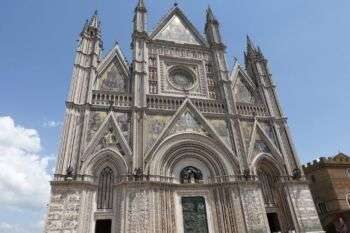
Image source: https://search.creativecommons.org/photos/24155df3-a09f-4598-8546-ef4da4b5eb61 by Prof. Mortel
The Origins
Gothic architecture, or opus francigenum, was initially seen negatively, something for built for barbarians. But in the 19th century, a revaluation of Gothic architecture occurred. Scholars agree that Gothic art is not related to Goths, but still is a standard in art history. This style derives from the Romanesque style and was heavily utilized all over Europe, in the Middle Ages.
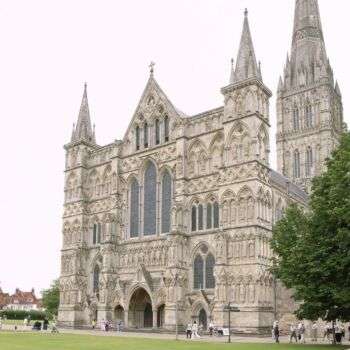
Image source: https://search.creativecommons.org/photos/d571c1d8-d323-4720-88dc-09072cd64050 by stevecadman
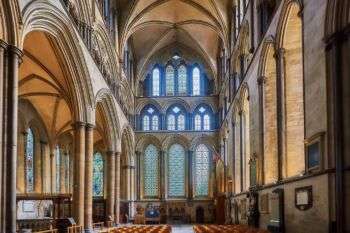
Image source: https://search.creativecommons.org/photos/a2d1614e-9a1c-4404-a4da-7bc0573bde1b by szeke
Main Features
Important features to the Gothic style include rib vaults and flying buttress outside the building, to support the roof. These features gave the structure height and offered space for windows. It also featured stained-glass, and rose windows, to bring light and color into the space. Realistic statuary on the exterior was made to illustrate biblical stories. Romanesque architecture may have influenced this new style characterized by increased light and height.
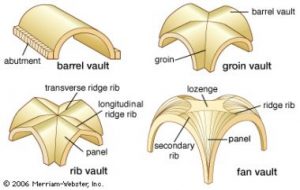
Image source: https://www.britannica.com/technology/rib-vault
The first important gothic church is the Basilica of Saint-Denis.
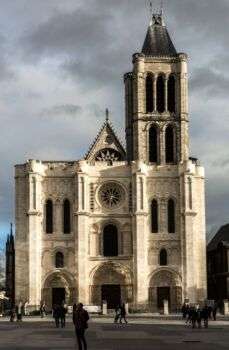
Image source: https://search.creativecommons.org/photos/09ae37bc-6b2f-4e1c-b8d2-68008c23cfc9 by Ninara
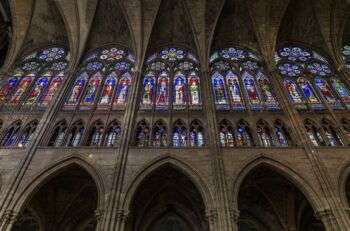
Image source: https://search.creativecommons.org/photos/804d8965-191d-49ca-808d-4fb7b0c1f106 by Ninara
Early Gothic
The Early Gothic style was born in 1120. A coherent style of architecture spread first in the Ile-de-France whose rich citizens wanted to build cathedrals that now epitomize Gothic architecture. Cathedrals similar to Saint-Denis soon appeared: Notre-Dame de Paris and Laon Cathedral. Buildings built in this era resemble the features first tested in Saint-Denis as in the Cathedral of Sens.
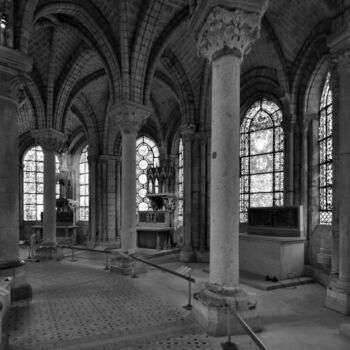
Image source: https://search.creativecommons.org/photos/76d2a12e-2528-4055-9744-0b238d108664 by seier+seier
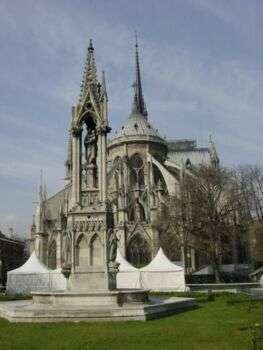
Image source: https://search.creativecommons.org/photos/b865224c-969e-4611-a7ac-b4871f82f853 by jimg944
High Gothic
Notre Dame is an important marker for the transition to the Gothic classic in the thirteenth century. This phase saw the application of elaborate geometrical decoration to the forms that had been used before. After 1250, gothic architects became interested in visual effects through decoration. This decoration took many forms as pinnacles, moldings, window tracery, and, most importantly, the great circular rose.
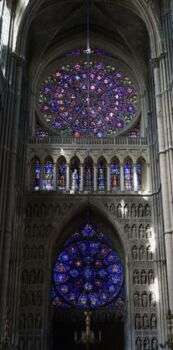
Image source: https://search.creativecommons.org/photos/8fe0afdd-5ac0-4708-a847-afd41c171855 by a200/a77Wells
Late Gothic
A new style of Gothic design emerged in 1280. It was named Flamboyant Gothic architecture that featured flame-like shaped curves in stone windows. Historical examples of this are the Palace of the Parliament of Rouen, the Sainte-Chapelle of the Château de Vincennes, and the Church Saint- Maclou of Rouen.
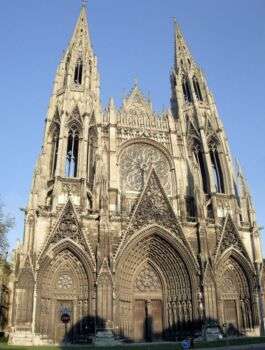
Image source: https://search.creativecommons.org/photos/558d08c3-0750-4ab5-9d0e-851d9dbd3ead by Jim Linwood
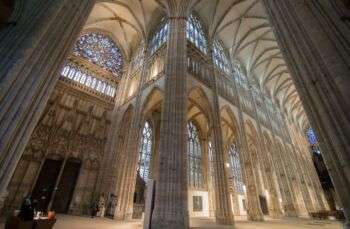
Image source: https://search.creativecommons.org/photos/f87154ef-447c-4c27-9580-d823ceacdf3c by Jorge Lascar
Info source: https://www.britannica.com/art/Gothic-architecture
